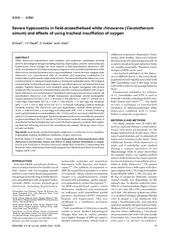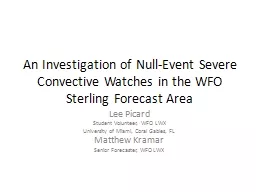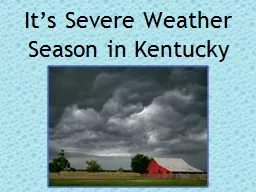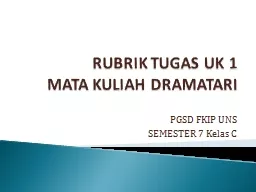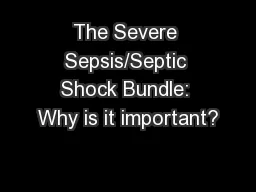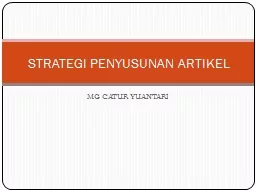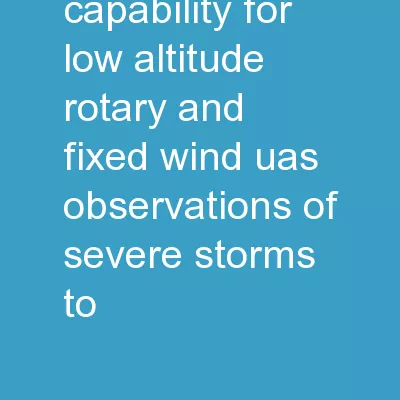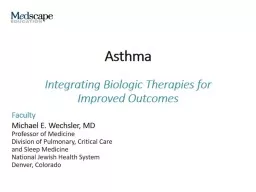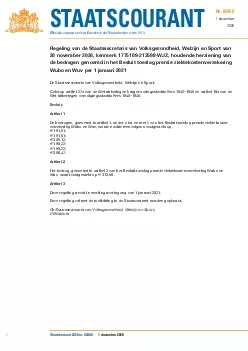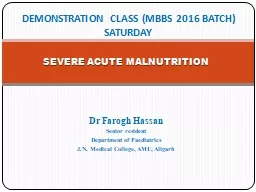PDF-Article Artikel Severe hypoxaemia in fieldanaesthetis
Author : calandra-battersby | Published Date : 2015-04-28
Physiological monitoring of white rhinoc eros anaesthetised with etorphine hydro chloride M99 reveals physiological alterations including hypertension tachycardia
Presentation Embed Code
Download Presentation
Download Presentation The PPT/PDF document "Article Artikel Severe hypoxaemia in fi..." is the property of its rightful owner. Permission is granted to download and print the materials on this website for personal, non-commercial use only, and to display it on your personal computer provided you do not modify the materials and that you retain all copyright notices contained in the materials. By downloading content from our website, you accept the terms of this agreement.
Article Artikel Severe hypoxaemia in fieldanaesthetis: Transcript
Download Rules Of Document
"Article Artikel Severe hypoxaemia in fieldanaesthetis"The content belongs to its owner. You may download and print it for personal use, without modification, and keep all copyright notices. By downloading, you agree to these terms.
Related Documents

